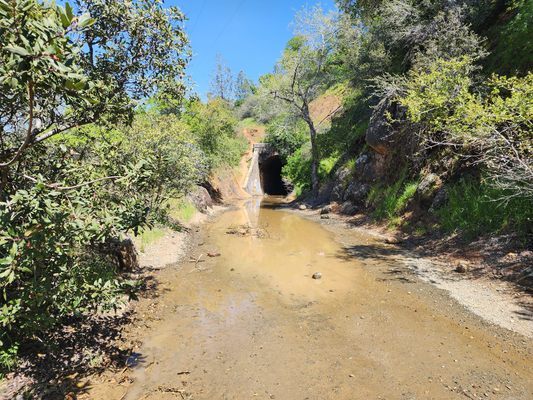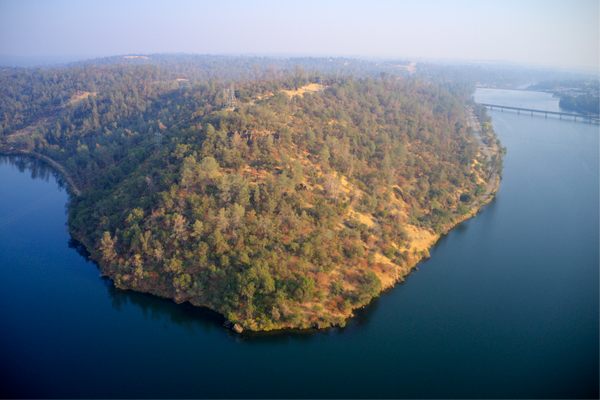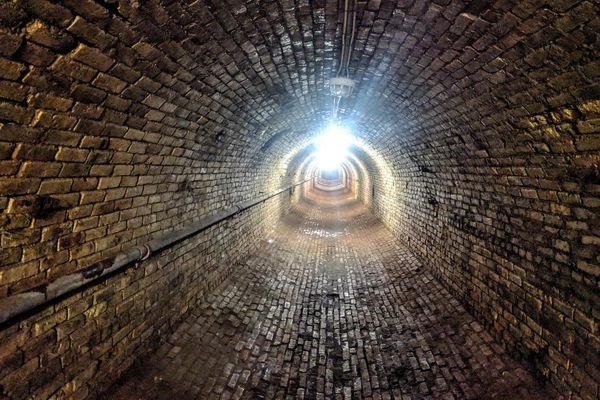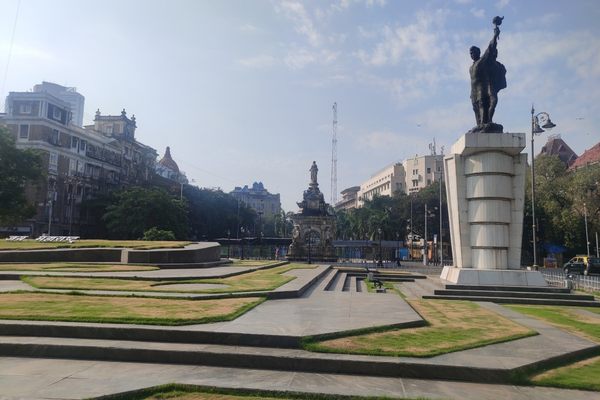About
Built in 1909, this was the lowest elevation tunnel on the Feather River Route through the Sierra Nevada mountains. For riders on the Western Pacific Railroad California Zephyr passenger train, this tunnel marked the entrance to the breathtaking Feather River Canyon, billed as the most scenic train route in the United States.
In 1957, construction of the Oroville Dam meant that 15 miles of track had to be rerouted to bypass what was to become Lake Oroville. The abandoned section of track and the tunnel were put to use hauling the material to build the dam.
Tragedy struck on the evening of October 7, 1965. In this tunnel, an empty train returning from the construction site collided head-on with a fully loaded train headed to the dam. Nearly 10,000 gallons of diesel fuel from the locomotives caught fire. Four train operators died in the accident. The tunnel was restored a short time after.
Following the completion of the dam, the old railbed was converted for recreational use. The tunnel is now part of the 41-mile Brad Freeman Memorial Trail, popular with hikers, mountain bikers, and horseback riders.
This 600-foot tunnel is actually U-shaped. From the middle, hikers can't see either end. Fortunately for visitors, the tunnel has lighting with timed switches at both entrances.
Three miles upstream from the tunnel is the Oroville Dam. At 770 feet, it is the tallest dam in the U.S. and made entirely of dirt and stone. Over 41,000 train-loads of material, weighing 155 million tons, passed through this tunnel.
Related Tags
Know Before You Go
Venturing to this site begins on the Brad Freeman Memorial Trail.
Published
September 29, 2021































